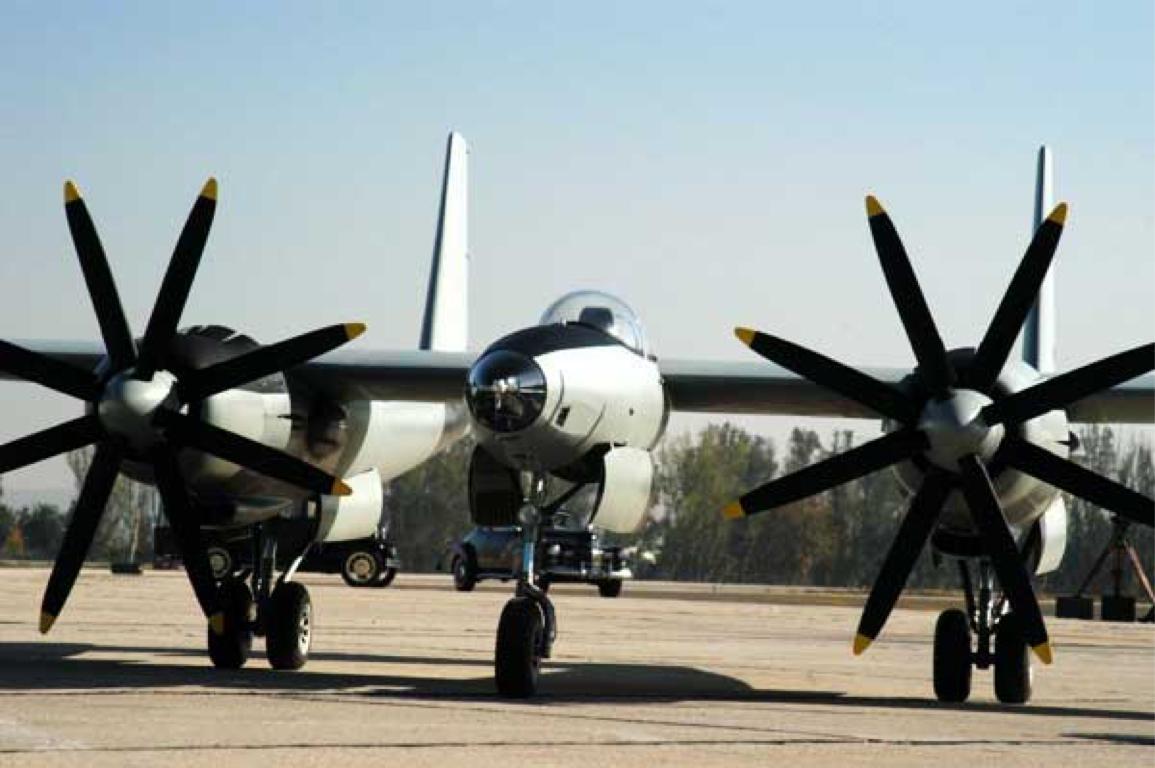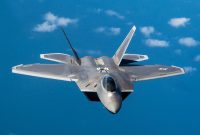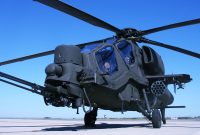Howard Hughes, a prodigious inventor, film producer, and accomplished aviator, is a name etched in history for his groundbreaking contributions. His relentless pursuit of innovation led to the development of the Hughes XF-11, a revolutionary jet aircraft. Unfortunately, Hughes’ aviation journey took a dramatic turn during a series of flight tests in 1946, which left him scarred and profoundly changed.
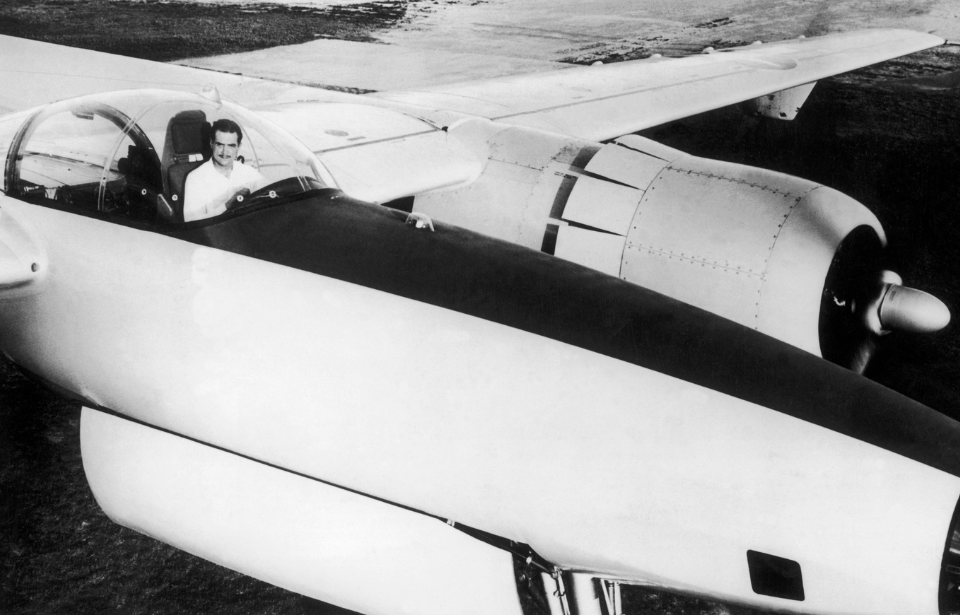
Howard Hughes, a man of multifaceted talents, was not only a successful businessman but also a passionate aviation enthusiast. His fascination with aircraft led him to dedicate several years to research and develop cutting-edge designs. In 1946, his dream materialized with the creation of the Hughes XF-11, a new jet aircraft that promised to push the boundaries of aviation.
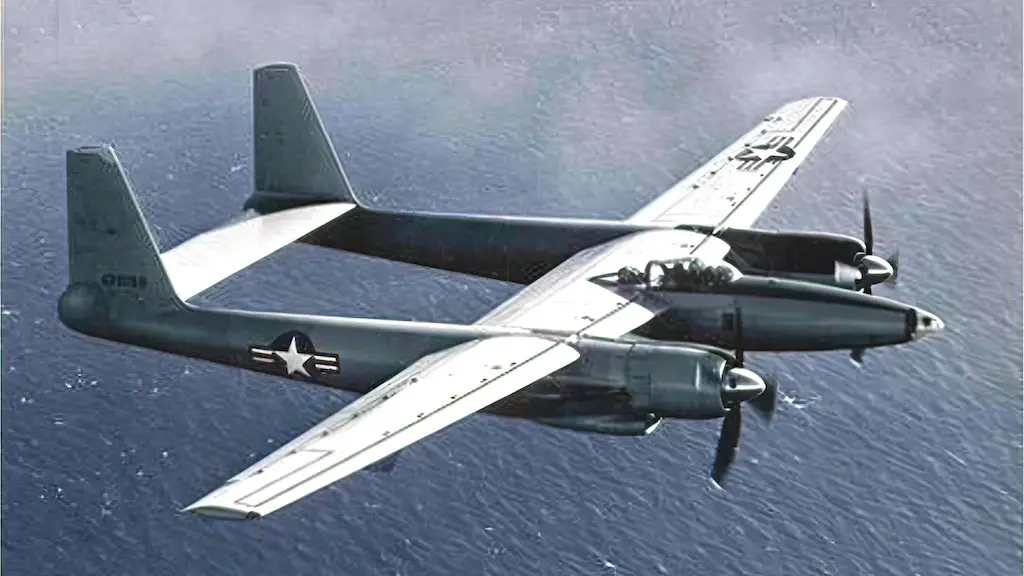
The XF-11 was an advanced design, boasting an impressive top speed of 800 miles per hour. Eager to experience his creation firsthand, Hughes embarked on a historic flight in the summer of 1946.

On July 5, 1946, Howard Hughes took to the skies aboard the Hughes XF-11, marking the aircraft’s first test flight. The flight was a resounding success, cementing Hughes’ legacy as the first individual to pilot a commercial jet aircraft. It was a milestone in aviation history.
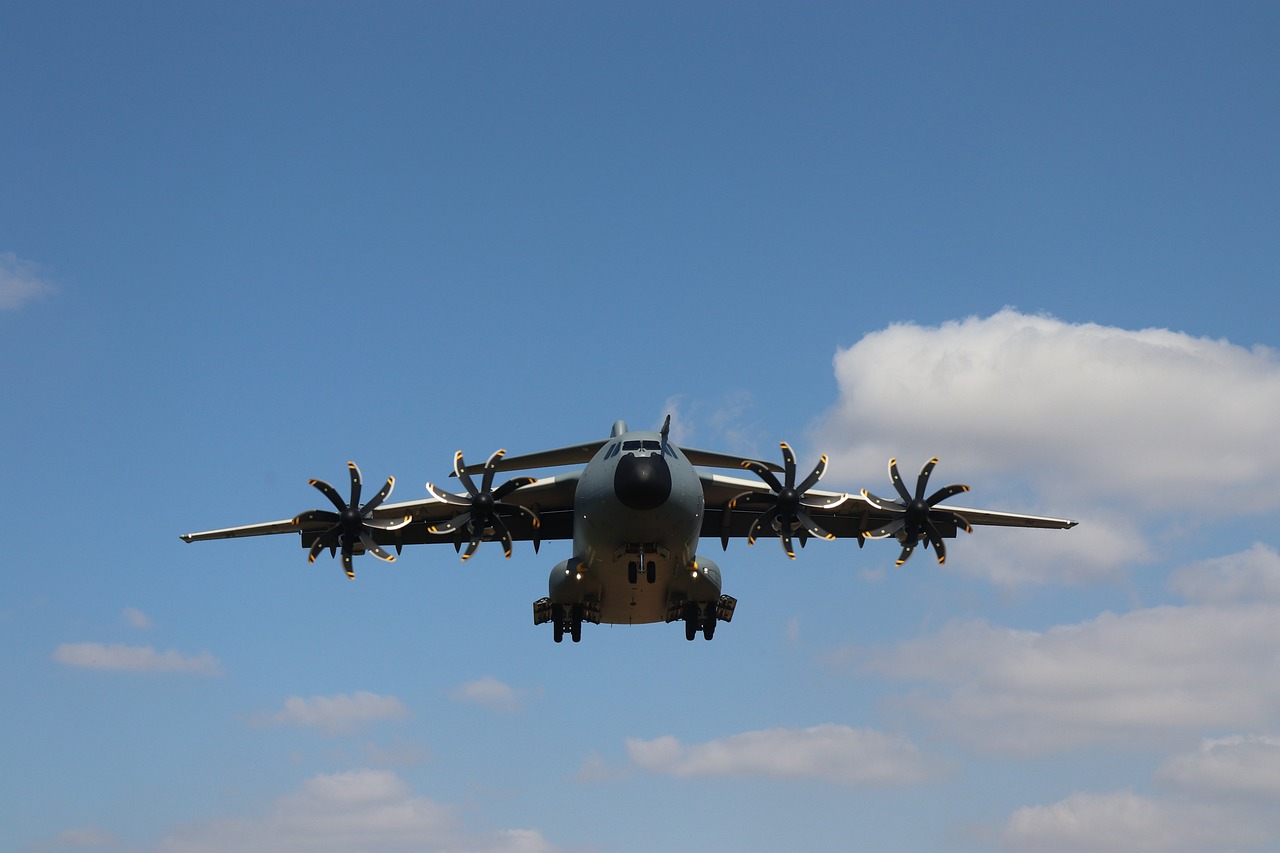
However, fate took a different course during the second test flight on July 13, 1946. At approximately 10:20 AM, Hughes took off from the Municipal Airport in Los Angeles. The initial minutes of the flight proceeded smoothly, with Hughes demonstrating the aircraft’s capabilities through daring maneuvers.
Regrettably, at an altitude of 2,000 feet, the XF-11 suddenly lost control. Hughes desperately attempted to regain command, but his efforts were in vain. The aircraft plummeted from the skies, ultimately colliding with a building in Los Angeles, situated roughly 10 miles from the airport.
The devastating crash left Howard Hughes severely injured. His spine, thigh bone, and skull were fractured, and he was rushed to the hospital, where he underwent a grueling 12-hour surgery. The consequences of the accident would profoundly affect Hughes’ life.
The XF-11 crash cast a long shadow over Howard Hughes’ life. The injuries left him physically impaired, necessitating the use of a cane for mobility and the adoption of cranial protection.
Isolated from the world, Hughes withdrew from society and immersed himself in work and an obsession with gambling. His relentless work ethic and eccentricities further deepened his detachment from the outside world.
The tragic incident involving the Hughes XF-11 serves as a stark reminder of the risks and challenges faced by pioneers in aviation. Howard Hughes’ journey from visionary inventor to a recluse encapsulates the complex interplay between ambition, innovation, and the human spirit.
Hughes’ indomitable spirit and contributions to aviation history remain a testament to the pursuit of greatness. His story serves as a cautionary tale about the costs of pushing the boundaries of technology and the resilience of the human spirit in the face of adversity.

